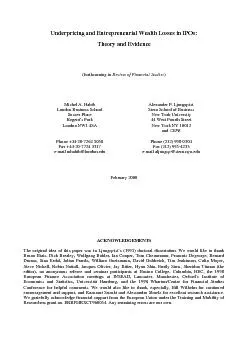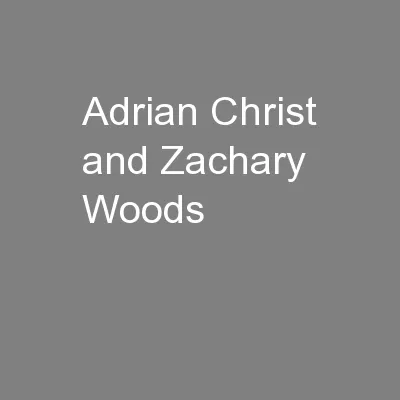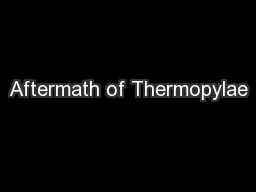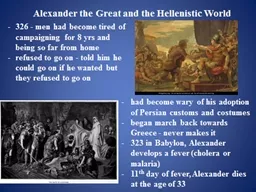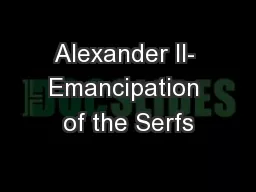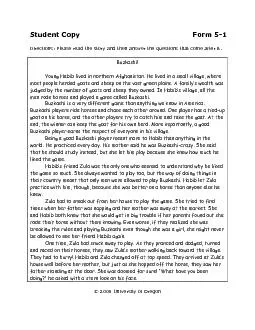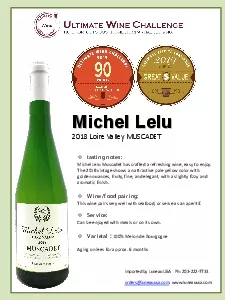PDF-(forthcoming in Michel A. Habib Alexander P. Ljungqvist London Busin
Author : alida-meadow | Published Date : 2015-11-24
ABSTRACT We model owners as solving a multidimensional problem when taking their firms public Owners can affect the level of underpricing through the choices they
Presentation Embed Code
Download Presentation
Download Presentation The PPT/PDF document "(forthcoming in Michel A. Habib Alexand..." is the property of its rightful owner. Permission is granted to download and print the materials on this website for personal, non-commercial use only, and to display it on your personal computer provided you do not modify the materials and that you retain all copyright notices contained in the materials. By downloading content from our website, you accept the terms of this agreement.
(forthcoming in Michel A. Habib Alexander P. Ljungqvist London Busin: Transcript
Download Rules Of Document
"(forthcoming in Michel A. Habib Alexander P. Ljungqvist London Busin"The content belongs to its owner. You may download and print it for personal use, without modification, and keep all copyright notices. By downloading, you agree to these terms.
Related Documents

